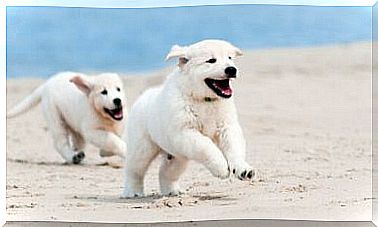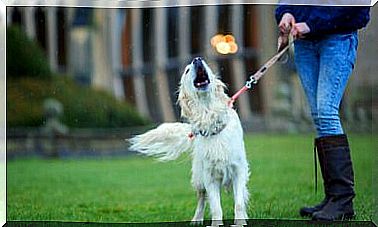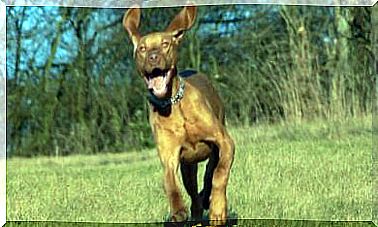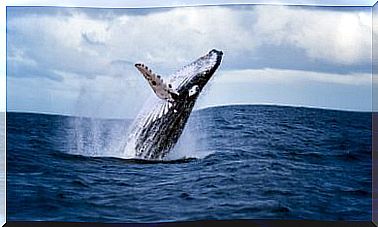Dogs Know How To Laugh

Possibly, you have already noticed that dogs make some surprising gestures. Especially when it comes to strengthening ties with us and improving your communication. One of the things you might say, for example, is that dogs know how to laugh. Let’s look at this more deeply.
For many years, psychologists and behavioral biologists agreed that laughter was an emotional expression unique to human beings. However, with the expansion of studies on the emotional characteristics of animals, this has come to be questioned. Nobel Prize-winning ethnologist Konrad Lorenz suggested that dogs are capable of smiling. He says it’s during games that dogs really seem to laugh.
“An invitation to play is always accompanied by a gesture with the jaws slightly open, which reveals the tongue, and the angle of inclination of the mouth, which extends almost from ear to ear, gives the even stronger impression that they are laughing. This ‘laugh’ is most often seen in dogs playing with their owners and they get so excited they start to gasp.”

Author: Roiz Roiz
This is the sigh that Lorenz identifies with human laughter. While he may have been one of the first to suggest that dogs are capable of laughing, the idea that animals laugh had already been sketched out by other scientists.
Charles Darwin started these speculations in his book “The Expression of Emotions in Man and Animals,” published in 1872. He realized that chimpanzees and other great apes laughed when they were tickled or when they were playing.
The consensus is that this laughter of the apes would be more like heavy breathing, that it would simply be the result of physical exertion and acts as a sign of their playful intentions.
An investigation carried out by Patricia Simonet examined what laughter sounds like in dogs. Simonet and his team placed parabolic microphones in parks, which allowed them to record at a distance the sounds the dogs made during play. When the recordings were analyzed, it was found that during play, dogs emitted sighs in a higher frequency range, different from the regular wheezing of dogs.
The positive effects of this sound were confirmed in an experiment with 15 puppies, who responded with joy simply to hearing the recording of the dog’s laugh. Recently, Simonet was able to show that these same sounds helped calm dogs at an animal shelter.

The researcher noted that, when imitating the breathless laughter of dogs, the sound seemed to have a positive effect on the animals.
However, there are situations you should pay attention to, because dogs often make this gesture that we confuse with a smile for different reasons.
In your language, it could be aggression
Generally speaking, dogs, when not discouraged from growling, tend to show their teeth as an aggressive gesture. This is not only inherent in dogs, as many cat and primate breeds tend to bar their teeth to threaten and intimidate opponents.
However, aggression is accompanied by other types of elements, such as a tense body, flattened ears, putting the tail between the paws or leaving it raised, or the hairs on the back stand up.
Thus, it is important to know how to identify your pet’s body language signals to understand what is happening and avoid inconvenience.
Breathing problems
When a dog is extremely exhausted or very hot, it makes a gesture similar to a canine smile. This happens because he has difficulty breathing and tries, at all costs, to cool off and get more oxygen.
If you notice that, in addition to smiling, your animal has a lost look or is disoriented, immediately help it to cool off, give it water, put some cold water in its belly and, if you don’t see improvement in its state, consult a veterinarian.









